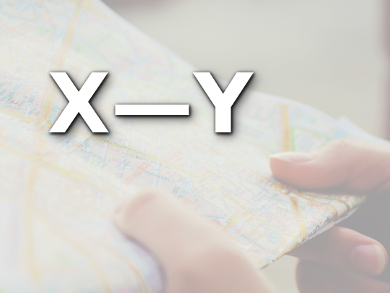Chemists have a wide vocabulary for classifying various types of chemical bonds, but it’s not always clear where the boundary lines are between, say, a charge transfer complex and a covalent compound.
Martin Rahm and Roald Hoffmann, Cornell University, Ithaca, NY, USA, created a map of various bond types. They used a new descriptor, Q, which is the scaled difference between the average electron binding energy and a second term comprising the sum of the change in nuclear repulsions and the change in multielectron interactions divided by the total number of electrons. Q serves as a measure of how important covalent interactions are compared to intramolecular charge transfer or multielectron interactions.
Previous approaches required quantum mechanical calculations to approximate a wave function, which is then analyzed. The present approach enables the explicit quantification of multielectron interactions from accurate experimental data, and it presents familiar concepts, including covalency and ionicity, as a natural consequence of the analysis.
The researchers demonstrated their method using a variety of homo- and heteronuclear diatomic species. Plotting Q for each species as a function of bond energy produces a map that clearly delineates regions for various types of chemical bonds.
- Distinguishing Bonds,
Martin Rahm, Roald Hoffmann,
J. Am. Chem. Soc. 2016.
DOI: 10.1021/jacs.5b12434




